October 29, 2025
Data Shows Endangered Palau Ground Doves Swiftly Recovering After Successful Palauan Island Conservation Effort
Astounding evidence of recovery on Ulong Island in Palau after just one year!
Published on
October 31, 2019
Written by
Nicholas
Photo credit
Nicholas
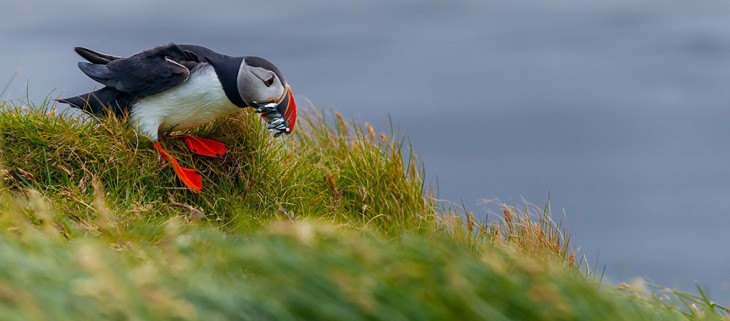
Extirpated by invasive rats before the turn of the century, Atlantic Puffins have not bred on the Calf of Man since 1985. Conservationists are now using social attraction and decoy Puffins to encourage the native seabirds to return to their home.
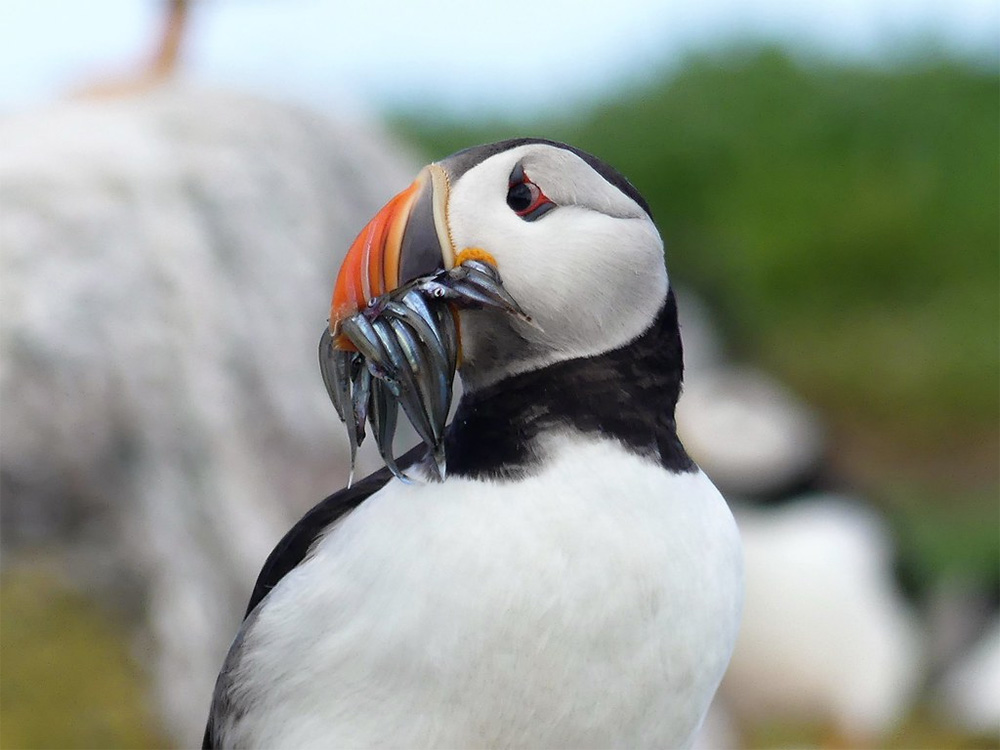
Due to the invasive rat population on their island, along with anthropological threats to their existence, the IUCN Red List has categorized the Atlantic Puffin as vulnerable to extinction. In 2012 conservationists endeavored to reduce the invasive rat population and restore the island for Puffins and other seabirds.
Now that the island is once again safe for nesting, species such as the Manx Shearwater are returning. A survey led by the Bird Observatory calculated that Manx Shearwater populations have risen from 348 pairs in 2013 to over 500 pairs in 2018. Conservationists see this as a sign of hope and have initiated a social attraction project to call Puffins back to the island.
Decoys were places in historic nesting sites and sound systems were installed to emit puffin calls and draw them to the island. So far, a few Puffins have been observed on the island and conservationists are hopeful this trend will continue.
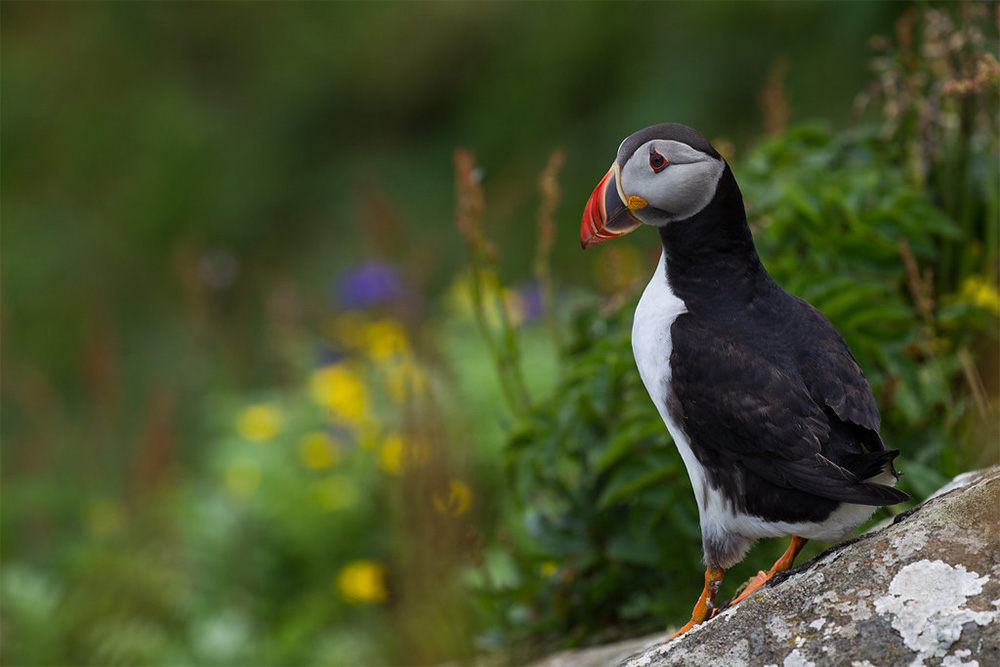
Our volunteers report seeing more puffins on the sea surrounding the Calf so we think we are having an effect”
Edmund Southworth, Manx National Heritage
The breeding season begins in late April and ends in July, when they return to the ocean for the remainder of the year. Upon their departure, the decoy puffins are stowed away until the next year’s breeding season. In the coming years, conservationists are hopeful that the removal of invasive rats will ultimately make way for a thriving population of Atlantic Puffins.
Source: The Telegraph
Featured Image: Atlantic Puffin perched on a cliff with fresh catch. Credit: Dany Sternfeld
Check out other journal entries we think you might be interested in.

October 29, 2025
Astounding evidence of recovery on Ulong Island in Palau after just one year!
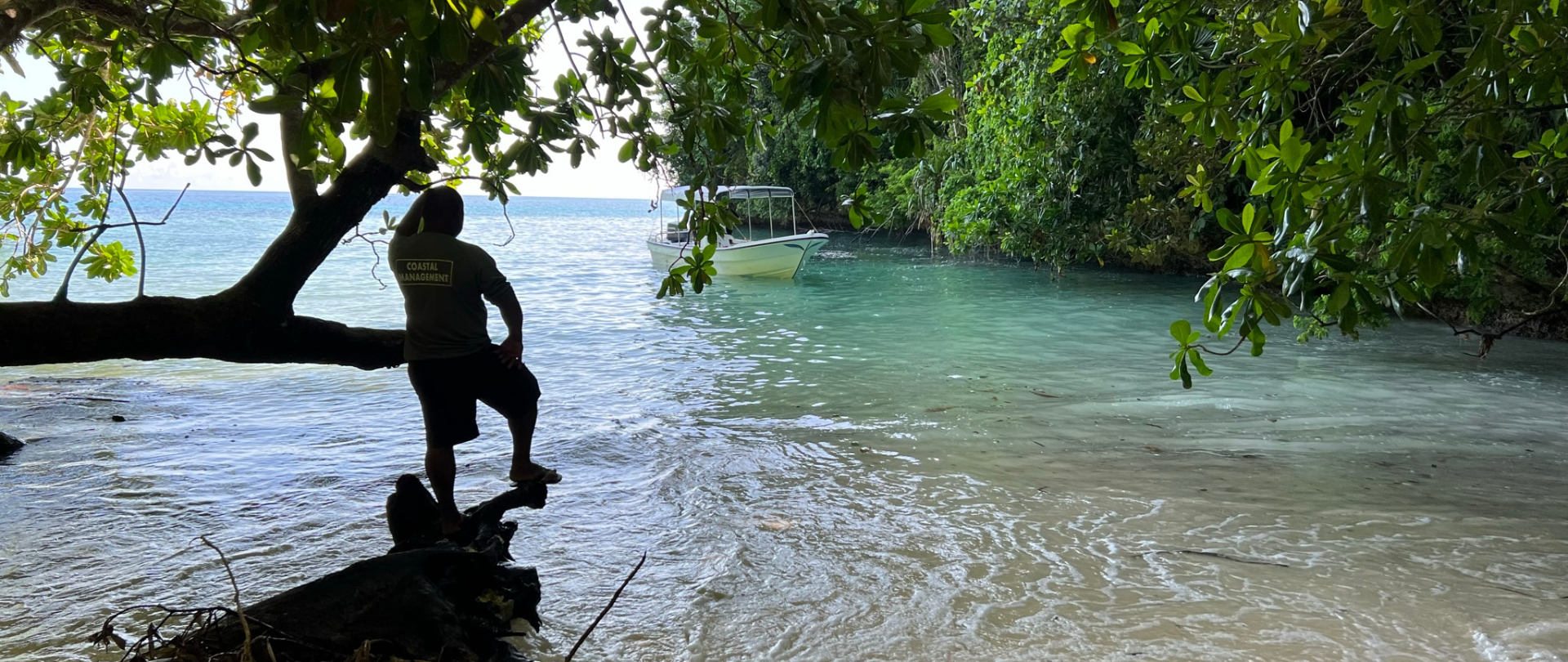
May 19, 2025
Read our position paper on The 3rd United Nations Ocean Conference (UNOC 3) to see why we're attending and what we aim to accomplish!
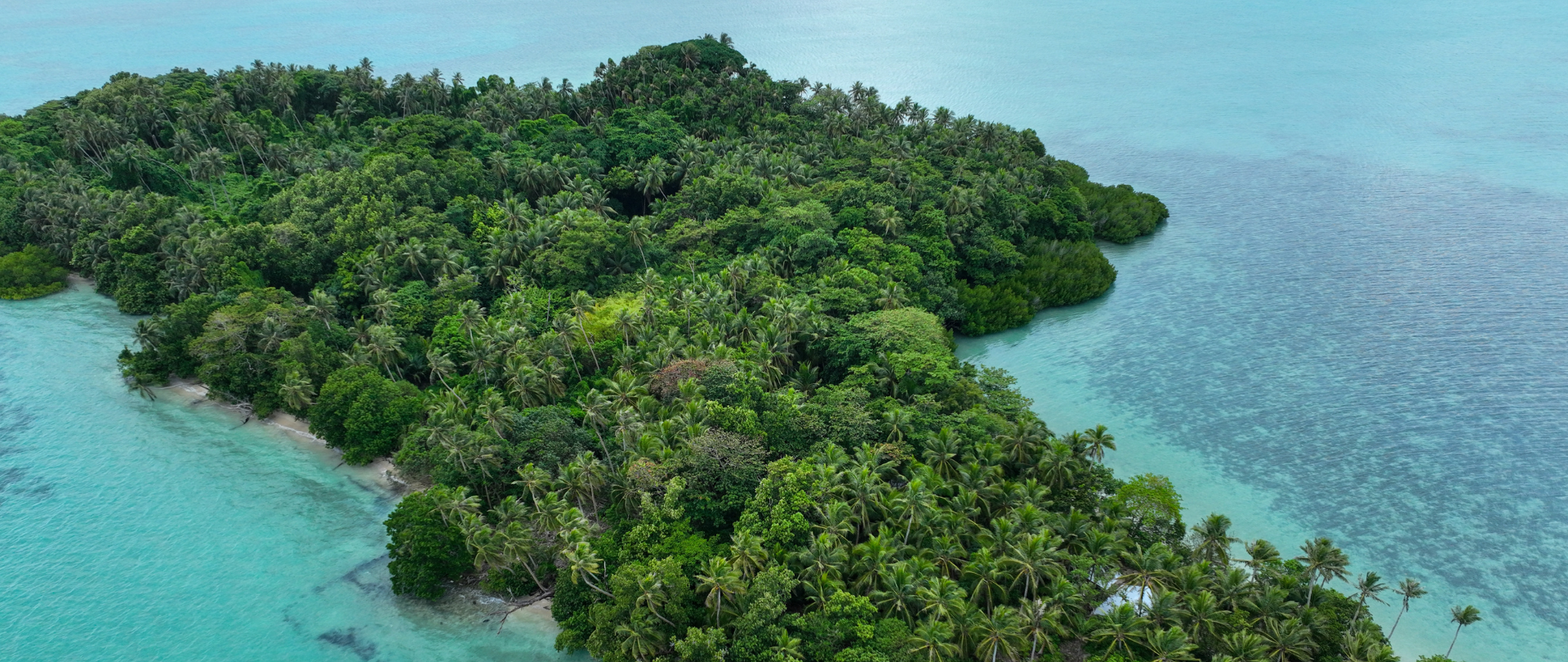
December 4, 2024
Ann Singeo, founder of our partner organization the Ebiil Society, shares her vision for a thriving Palau and a flourishing world of indigenous science!
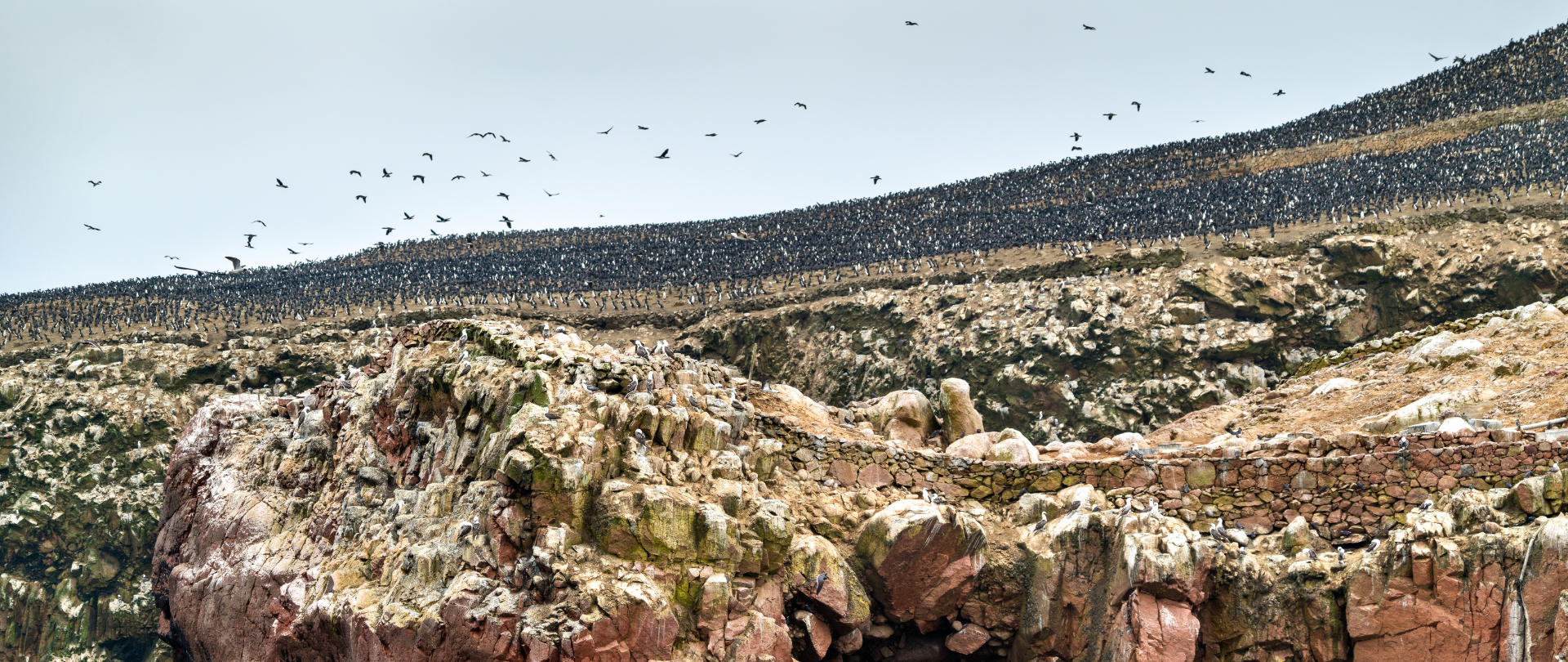
November 22, 2024
This historic agreement aims to protect the marine and coastal areas of the Southeast Pacific.
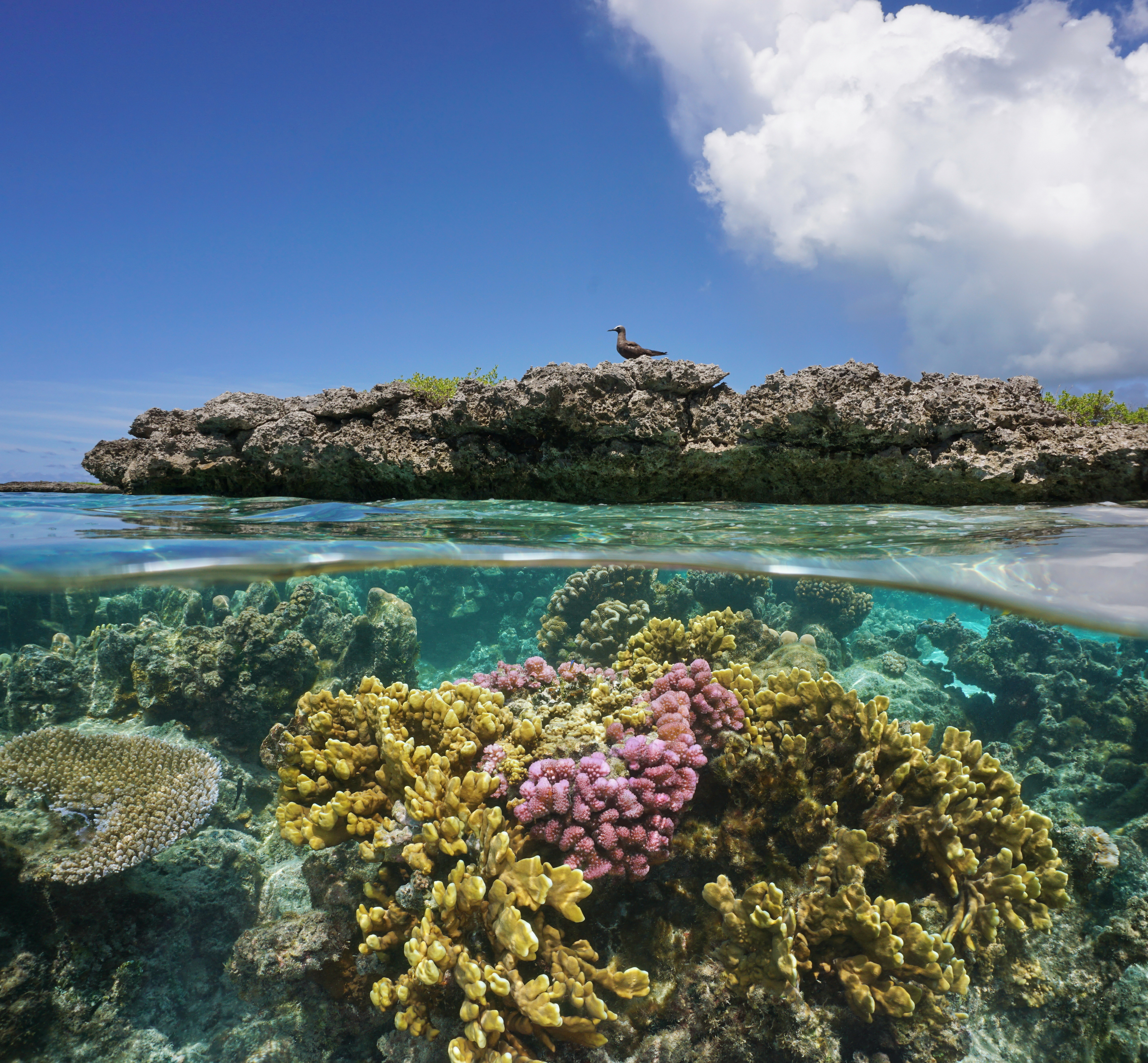
November 18, 2024
Our projects to restore key islets in Nukufetau Atoll forecast climate resilience and community benefits in Tuvalu!
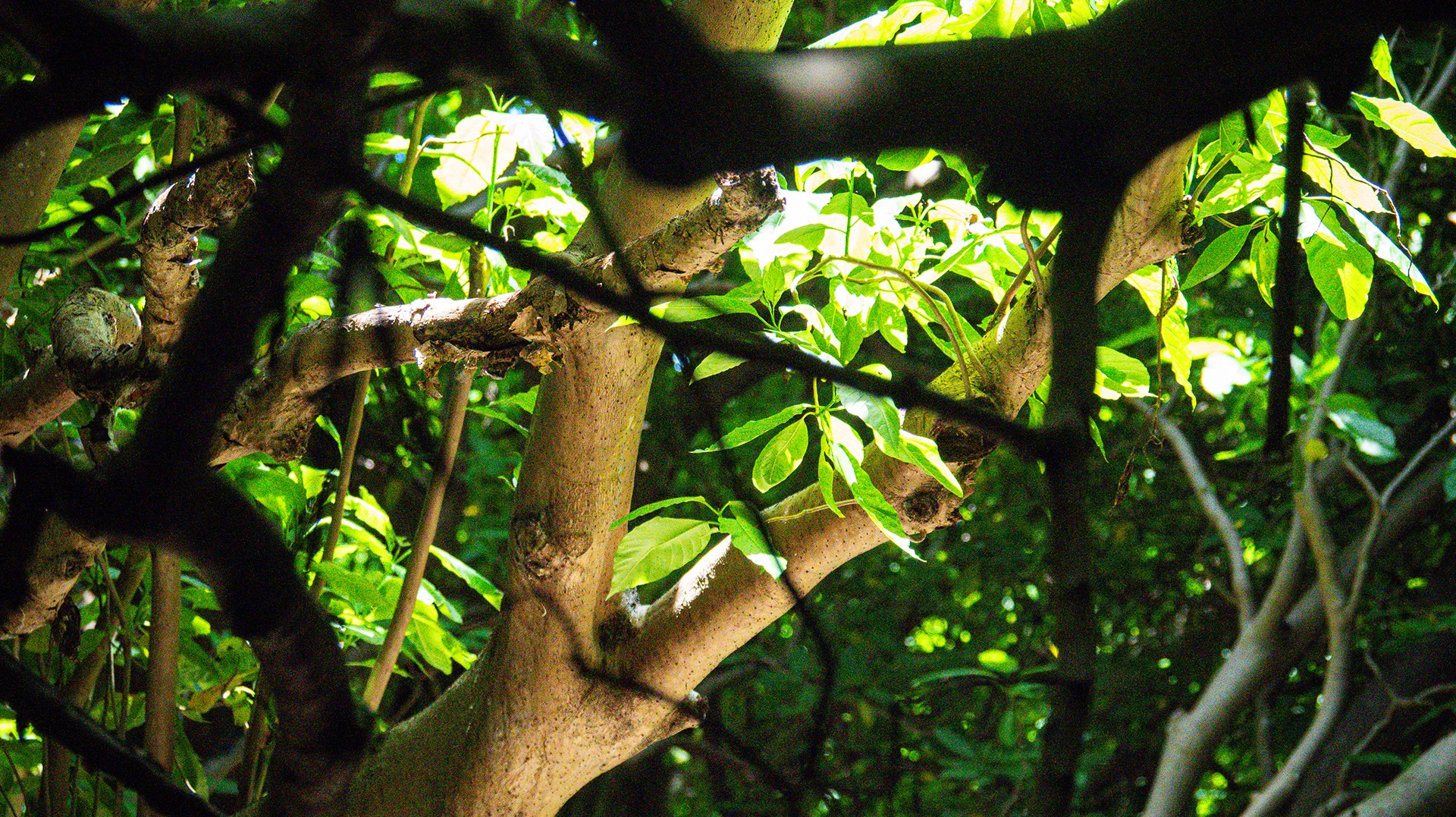
October 3, 2024
Island Conservation and partners have published a new paper quantifying ecosystem resilience on restored islands!
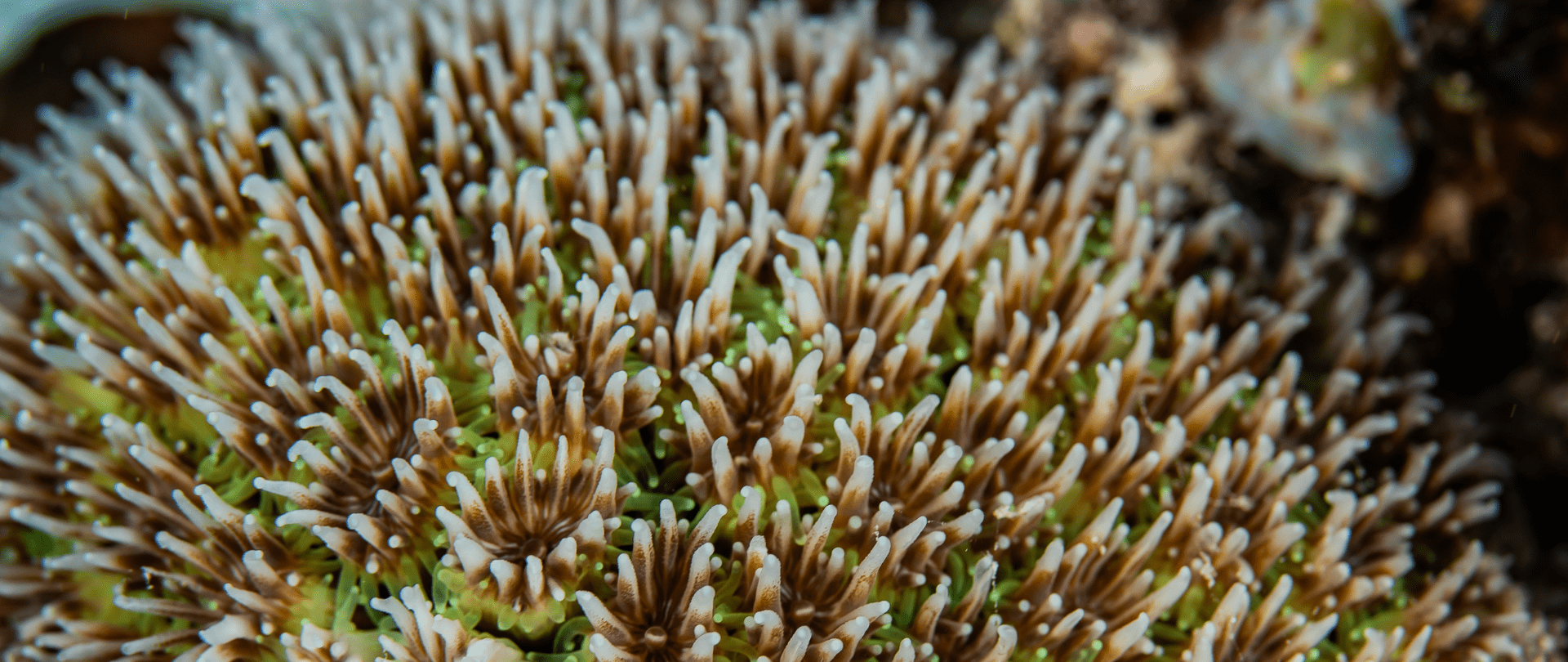
September 10, 2024
Climate Week NYC: what is it and why is it important? Read on to find out why Island Conservation is attending this amazing event!

September 5, 2024
With sea levels on the rise, how are the coastlines of islands transforming? Read on to find out how dynamic islands really are!

December 14, 2023
Join us in celebrating the most amazing sights from around the world by checking out these fantastic conservation photos!
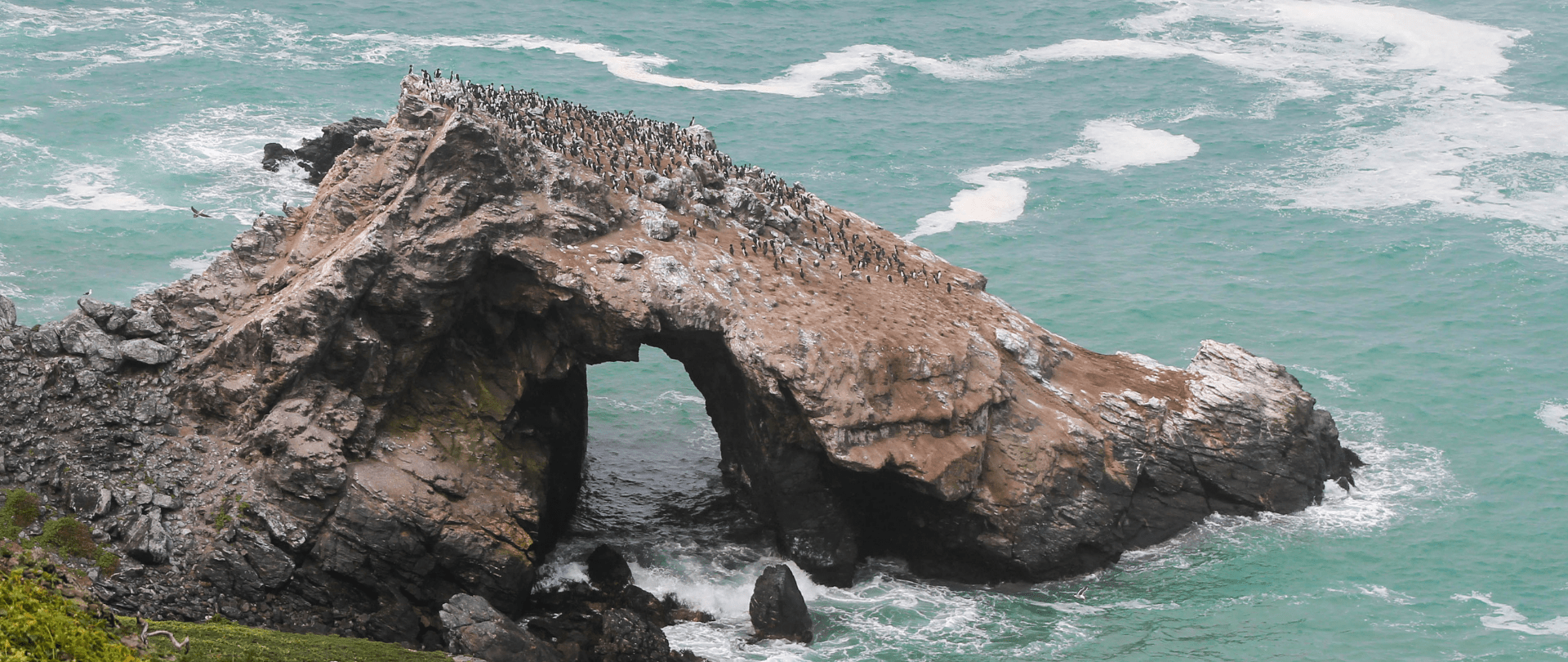
November 28, 2023
Rare will support the effort to restore island-ocean ecosystems by engaging the Coastal 500 network of local leaders in safeguarding biodiversity (Arlington, VA, USA) Today, international conservation organization Rare announced it has joined the Island-Ocean Connection Challenge (IOCC), a global effort to…